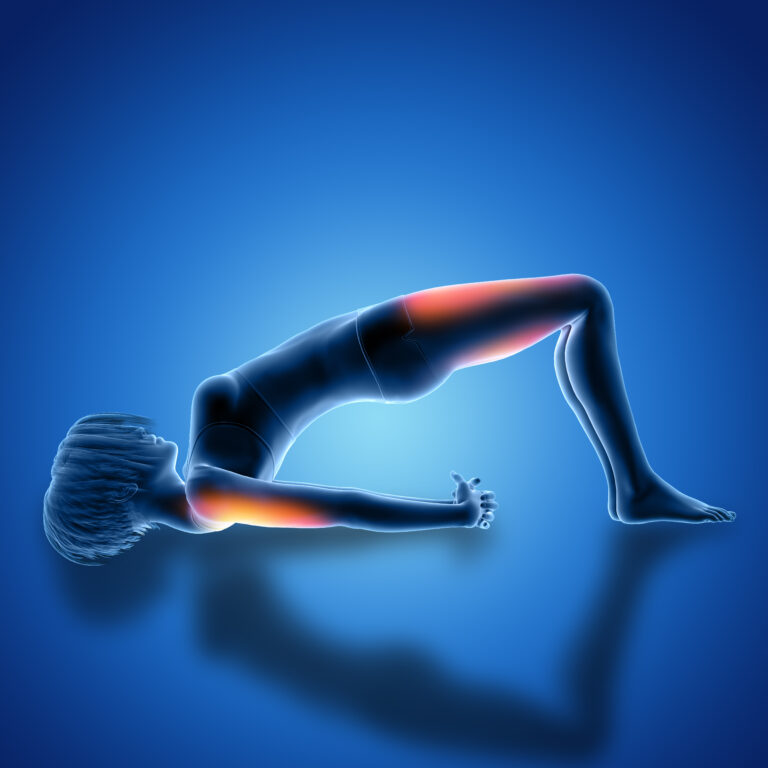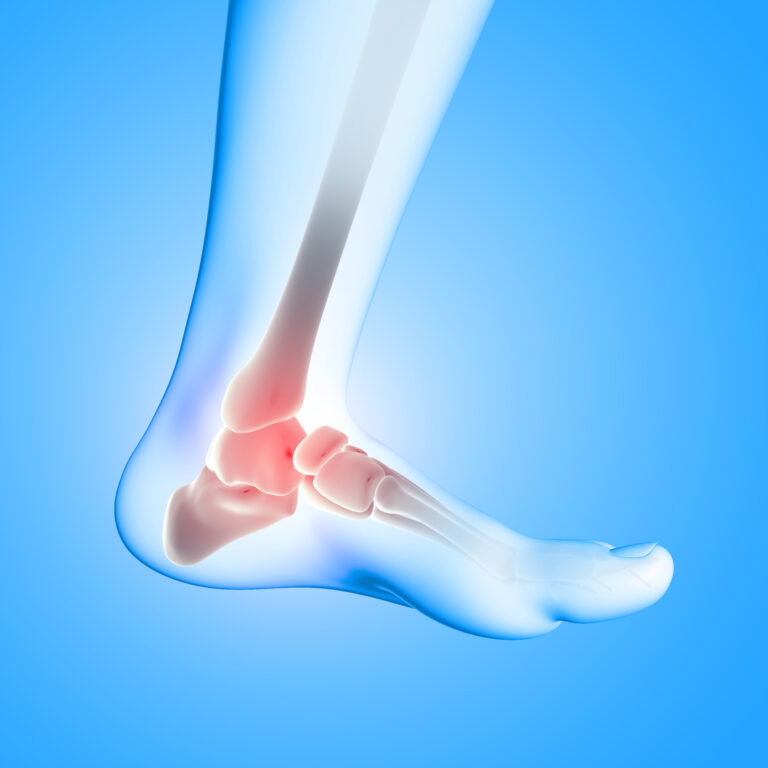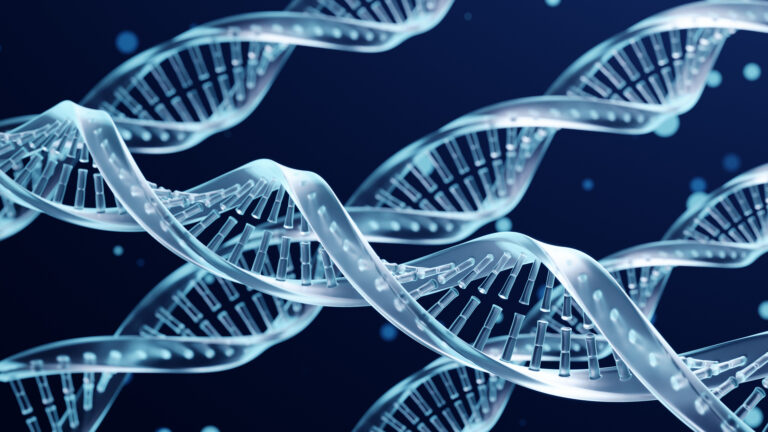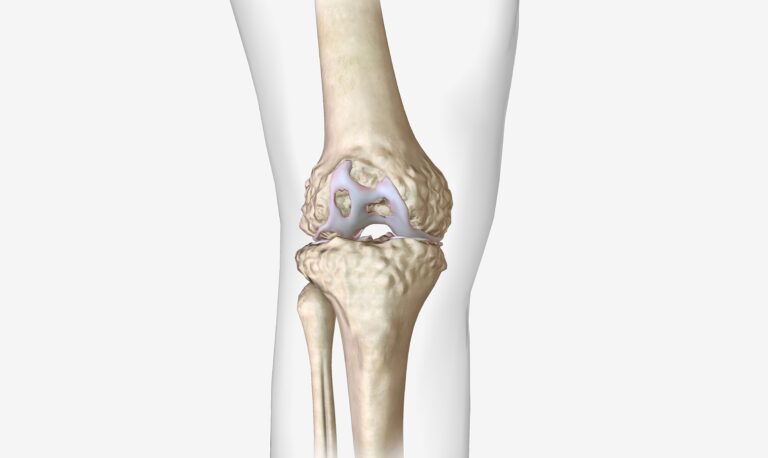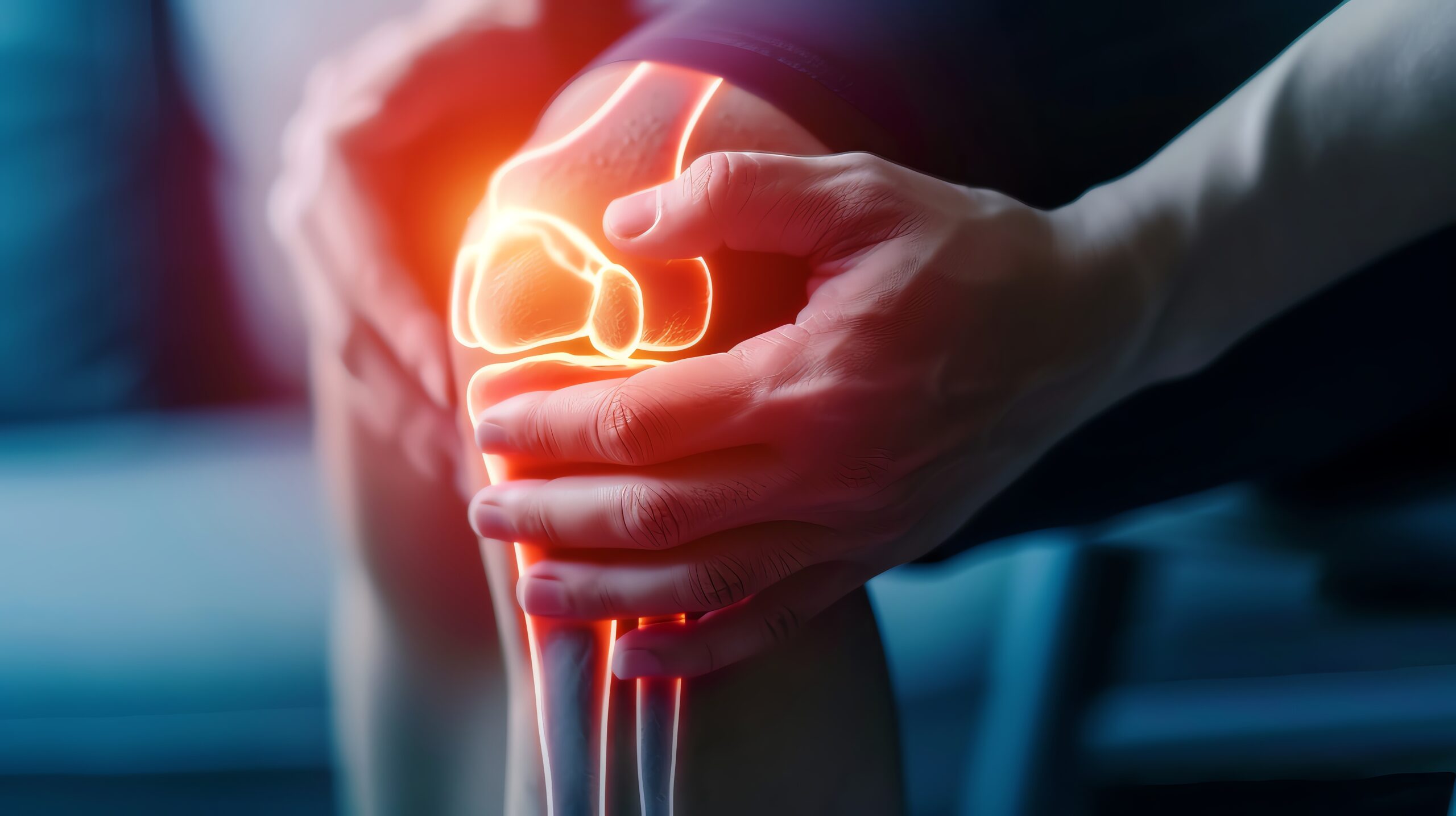
Unveiling the Truth: Debunking Common Myths About Women’s Orthopedic Health for Stronger Bones and Joints!
Introduction
Orthopaedic health is a crucial aspect of women’s overall well-being, yet many misconceptions persist. From bone density to joint pain, understanding the truths behind common myths can empower women to make informed decisions about their health. This blog will explore some prevalent myths and provide evidence-based truths to help women prioritise their orthopaedic health.
Myth 1: Osteoporosis is Inevitable for All Women
One of the most widespread myths is that all women will develop osteoporosis as they age. While the risk increases, particularly post-menopause due to hormonal changes, not all women will suffer from this condition. Factors such as genetics, lifestyle, and nutrition play significant roles. Engaging in weight-bearing exercises, maintaining a balanced diet rich in calcium and vitamin D, and avoiding smoking and excessive alcohol can significantly reduce the risk.
Myth 2: Joint Pain is Normal with Aging
Many women believe that joint pain is a normal part of ageing, leading them to dismiss their discomfort as a natural consequence of getting older. However, while some joint pain can be attributed to ageing, persistent pain can signal underlying issues like arthritis or other orthopaedic conditions. It’s essential to consult with a healthcare provider for an accurate diagnosis and appropriate treatment. Early intervention can lead to better outcomes and improved quality of life.
Myth 3: Women Don’t Need to Worry About Sports Injuries
Another myth suggests that women are less susceptible to sports injuries. In reality, women face unique risks, particularly with injuries to the knee and ankle due to differences in anatomy and muscle strength. Understanding these risks can help women take preventive measures, such as proper training, strength conditioning, and using appropriate gear during physical activities.
Myth 4: Weight Gain Equals Joint Pain
While excess weight can contribute to joint pain, especially in weight-bearing joints like the knees and hips, it’s not the only factor. Joint pain can occur in individuals of all sizes due to conditions such as rheumatoid arthritis, osteoarthritis, or previous injuries. A holistic approach that includes maintaining a healthy weight, staying active, and managing stress is vital for joint health.
Conclusion
Awareness is the first step toward better orthopaedic health for women. By debunking these common myths, women can take proactive steps to care for their bones and joints. Regular check-ups, a healthy lifestyle, and an understanding of the facts can lead to stronger, healthier futures for women everywhere.
Disclaimer:
The information provided in this guide is for general educational purposes only and should not be considered as medical advice. Always consult with a qualified healthcare professional, such as an orthopedic specialist, before making any changes to your health routine or treatment plan. Each individual’s orthopedic health may vary, and this guide is not intended to replace personalized medical care or professional guidance.


